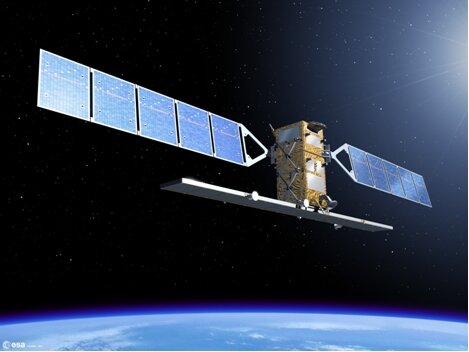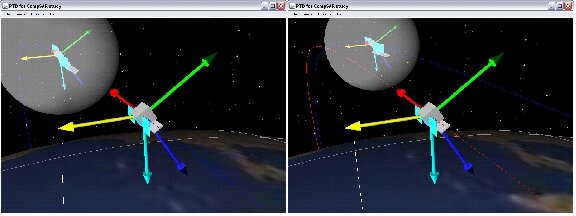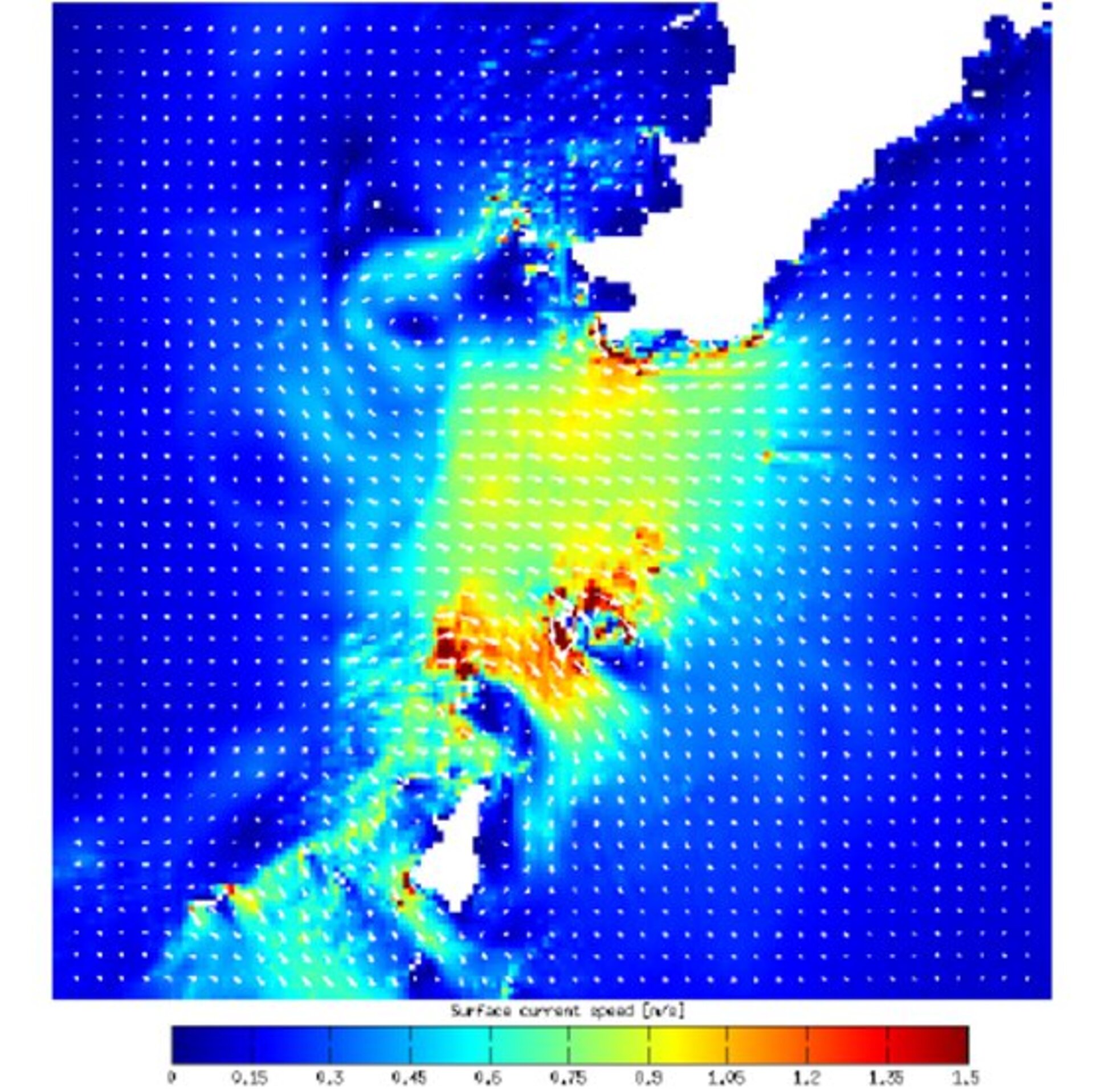Passive Synthetic Apeture Radar Study
The CompSAR study to assess the technical and financial feasibility of a companion Synthetic Aperture Radar (SAR) for Sentinel-1 was carried out in the ESTEC CDF in May 2011. The study addressed the conceptual design of a passive C-band satellite, flying in close formation with Sentinel-1 and receiving back-scattered signals from the active instrument in Sentinel-1.
The scientific benefit of having this additional satellite in such close proximity to Sentinel-1 is that by using interferometry between the signal received by Sentinel-1 and CompSAR, which are separated by a very small time difference, it is possible to get more accurate and detailed results regarding e.g. river outflow, ship routing, bathymetric changes, regional circulation modelling, and in particular, coastal current velocities, which would be useful in the study of pollution.
One of the major factors involved in the study was the risks associated with formation flying in such close proximity, (the kind of baselines analysed were < 400 m) taking into account that it is not possible to alter the design of Sentinel-1. This meant that all the active measuring and avoidance would be carried out by CompSAR. The open and collaborative environment of the CDF combined with its excellent presentation tools aided the experts to understand and design the formation geometry in order to meet the Observation Requirements dictated by interferometry.

Simulations showed the most critical situations, which were then analysed by the study team, to trade off between collision risk and performance.
The study also saw the participation of a team of Canadian Space Agency (CSA) engineers interested in the study subject as well as learning the practices of Concurrent Engineering (CE) offered in the CDF.

Data from the CompSAR CDF study will be used to complement the analysis already underway related to convoy mission studies. The idea of these studies is to see what new earth science objectives, (Ocean and Ice, Land and Atmosphere) could be met and what opportunities for synergetic observation exist if some additional satellites are added to presently planned operational satellites e.g. Sentinels, Metop 2nd Generation (MetOp 2G).


